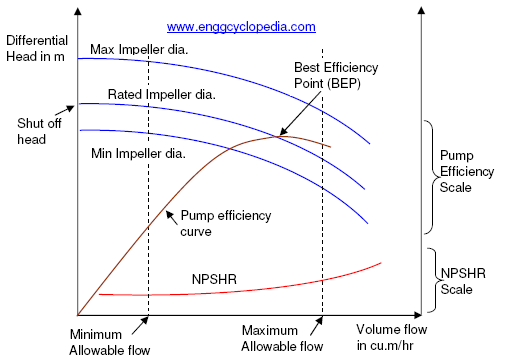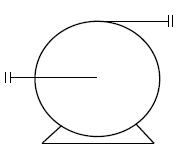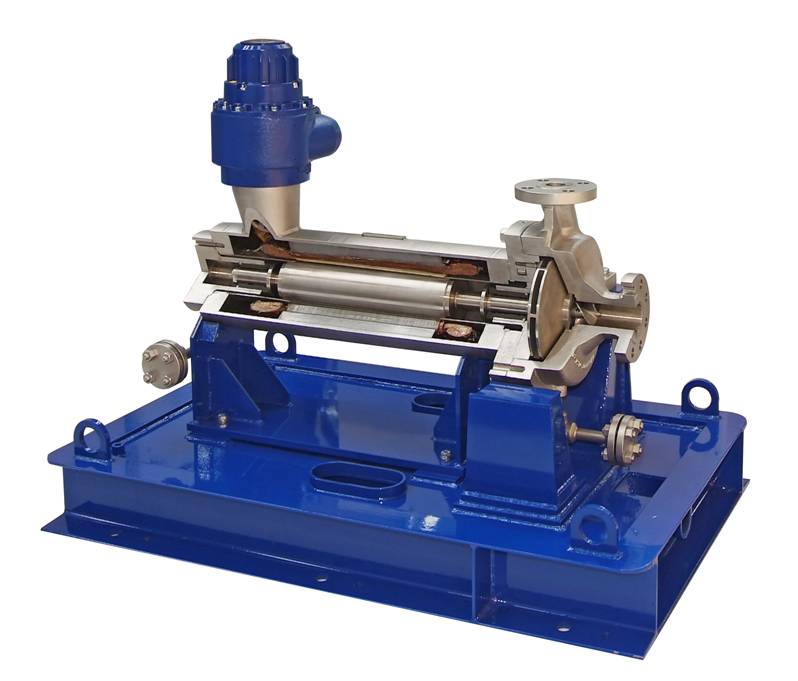Heat exchanger is one of the most important equipment used in manufacturing industry. There are several types of heat exchangers used in industry such as Shell and Tube exchanger, Plate and frame exchanger, Plate and shell exchanger, Spiral heat exchanger, Adiabatic wheel heat exchanger, Plate fin heat exchanger, etc. Here we look into an example of shell & tube heat exchanger specifications sheet and what details go into it.
The shell and tube heat exchangers are widely used in processing plants such as chemical plant, refinery, gas plant etc. This type of exchangers consists of a shell and a bundle of tubes (tube bundle) inside. The two fluids that have different temperature (hot and cold fluid) flow separately through the tube and the shell and the heat is transferred between them. Shell & tube exchangers are quite versatile and there are many different types of shell & tube exchangers based on structure as well as the service.
The specification sheet for a shell & tube heat exchanger can be prepared only when its process design is finalized and all the process parameters are captured in a process datasheet. This process datasheet is then used along with the TEMA standards to create specification sheet for the fabrication of the exchanger.
Shell & tube heat exchanger spefication sheet
When ordering for manufacturing of a shell & tube heat exchanger, the Client shall provide the Manufacturer a specification sheet for that shell & tube exchanger. The contents of a typical specification sheet of heat exchanger are as following:
Identification
- General identification: client name, plant location, document number, item number
- Service of the exchanger: e.g. feed preheating, cooling, heat recovery, reboiler, etc.
- Type of exchanger selected as per TEMA standard, e.g., AET, BET, AES, BES, etc.
The type of exchanger is selected as following TEMA (Tubular Exchanger Manufacturer Association) standard that define the style and the assembly tolerance of parts of the exchanger such as Front End Stationary Head, Shell, Rear End Stationary Head.
Example of a BEM type:
Figure 1 - Schematic of a BEM type shell and tube heat exchanger
This is a fixed tubesheet heat exchanger with one shell pass and two tube passes. The heads can be removed to clean the inside of the tubes. The front head piping must be unbolted to allow the removal of the front head.
- Size of exchanger
Performance of one unit
This section separately specifies the performance and condition of the fluid in shell and tube side of the exchanger.
- Fluid allocation for the exchanger, i.e. which fluid on shell side and which on tube side
- Total mass flow of fluids on shell and tube sides
- Design and test pressures
- Characteristics of the fluids: gravity, viscosity, thermal conductivity, specific heat etc.
- Temperature profile of the fluids: inlet and outlet temperature
- Operating pressure of exchanger in tube side and shell side
- Number passes per shell
- Shell side baffle spacing
- Allowable and calculated pressure drop for shell and tube sides
- Fouling resistance on shell and tube sides
- Heat exchanged, also called heat duty
Specification for fabrication
This section specifies information necessary for the design and specification for fabrication of the heat exchanger components such as tubesheet, shell, covers, etc.
- Design temperature
- Material of tubes, shell, shell cover, floating head cover, channel cover, floating, baffle
- Number of tubesheet
- Tube diameter, length
- Tube thickness
- Type of joint
- Type of gasket
- Connection of shell/channel inlet and outlet,
- Corrosion allowance
- Code requirement
Example of a typical shell and tube heat exchanger specification sheet is given in below:






